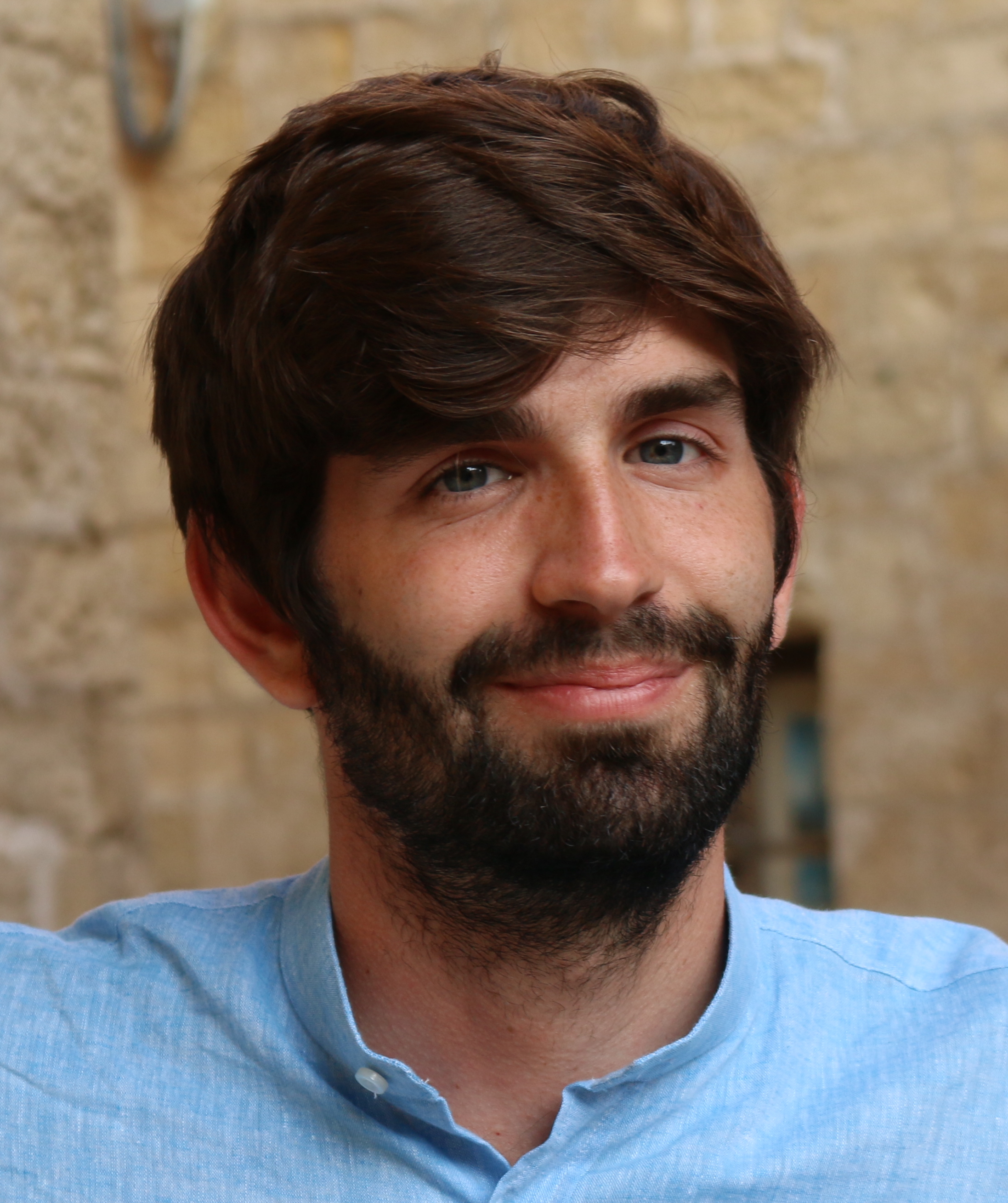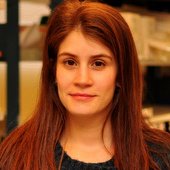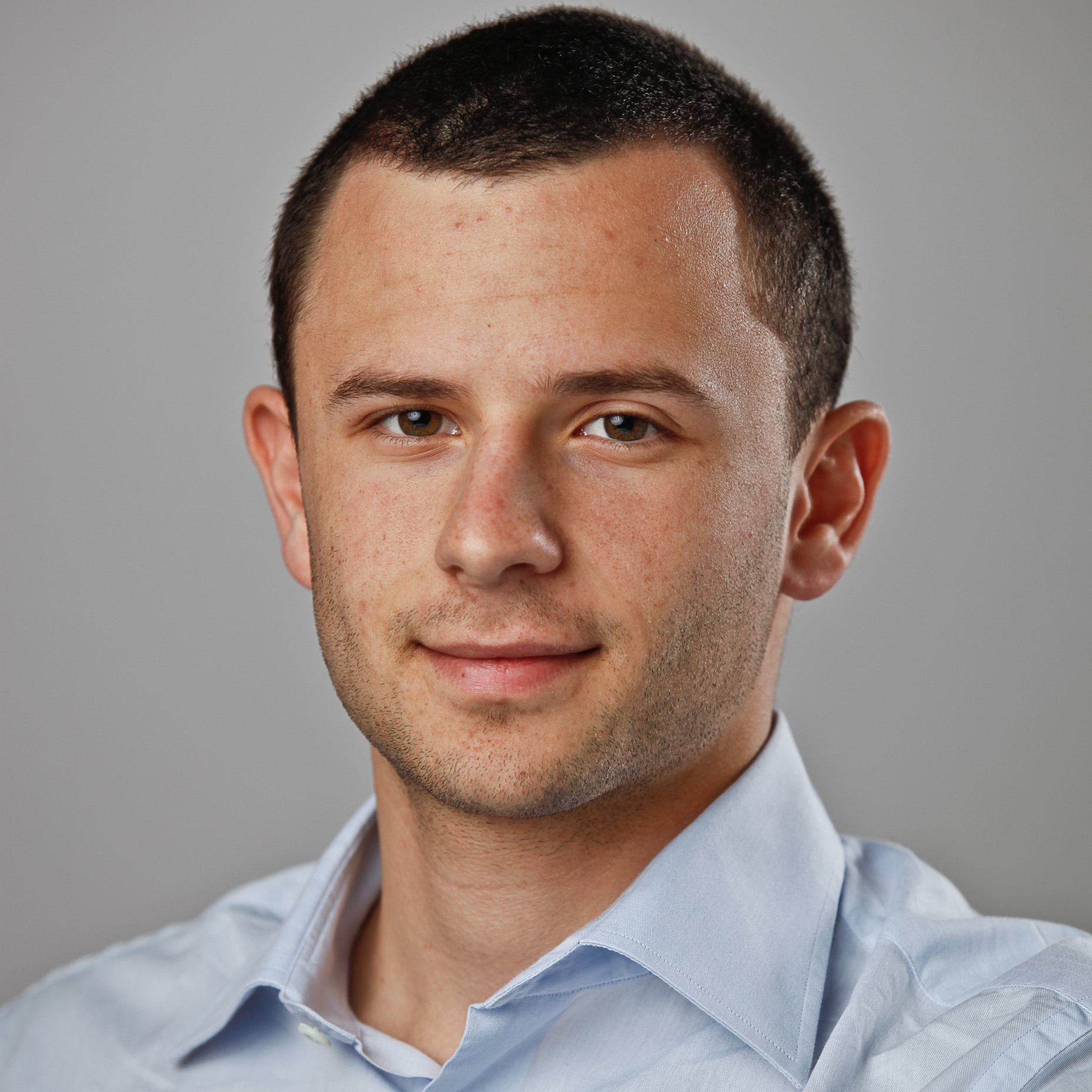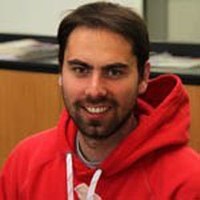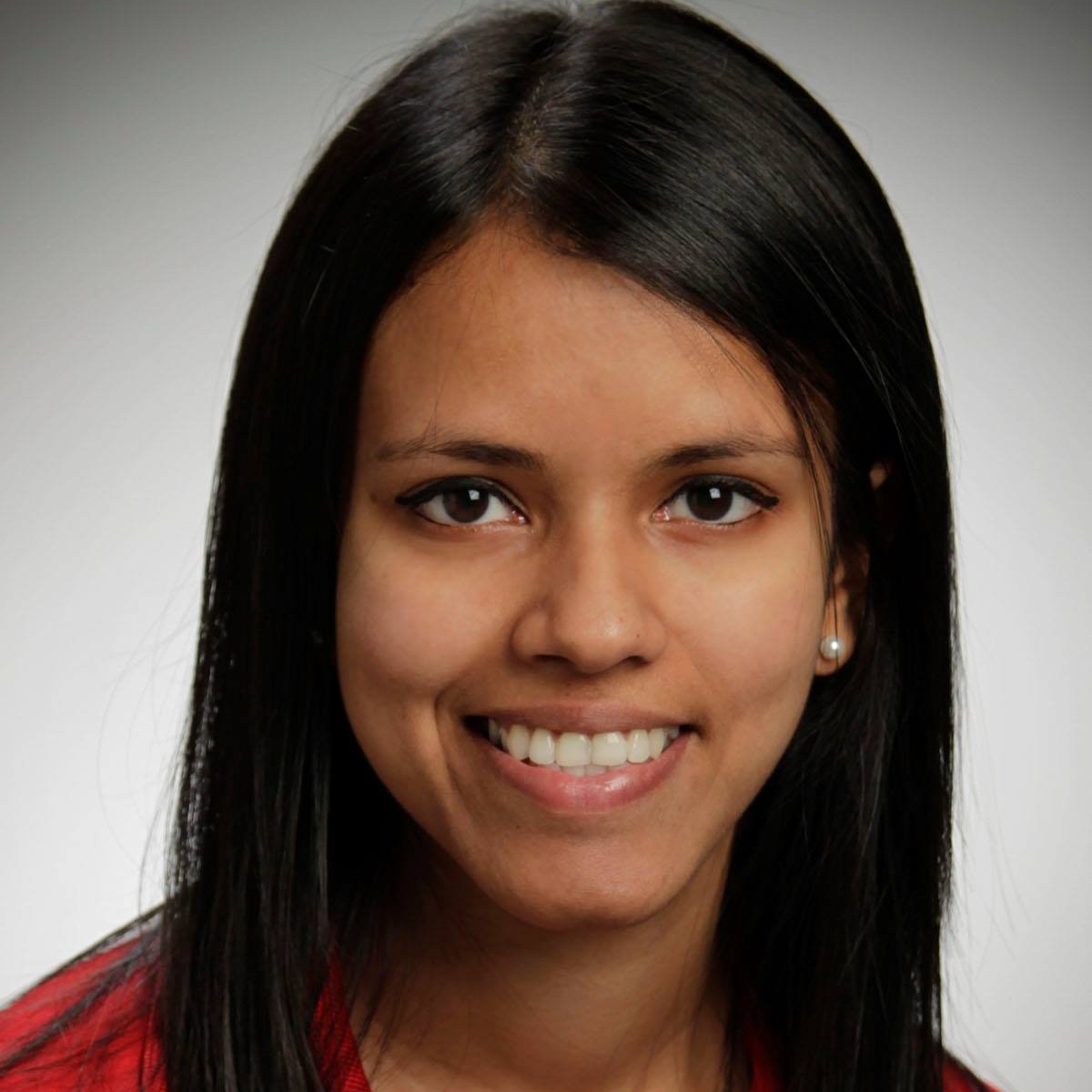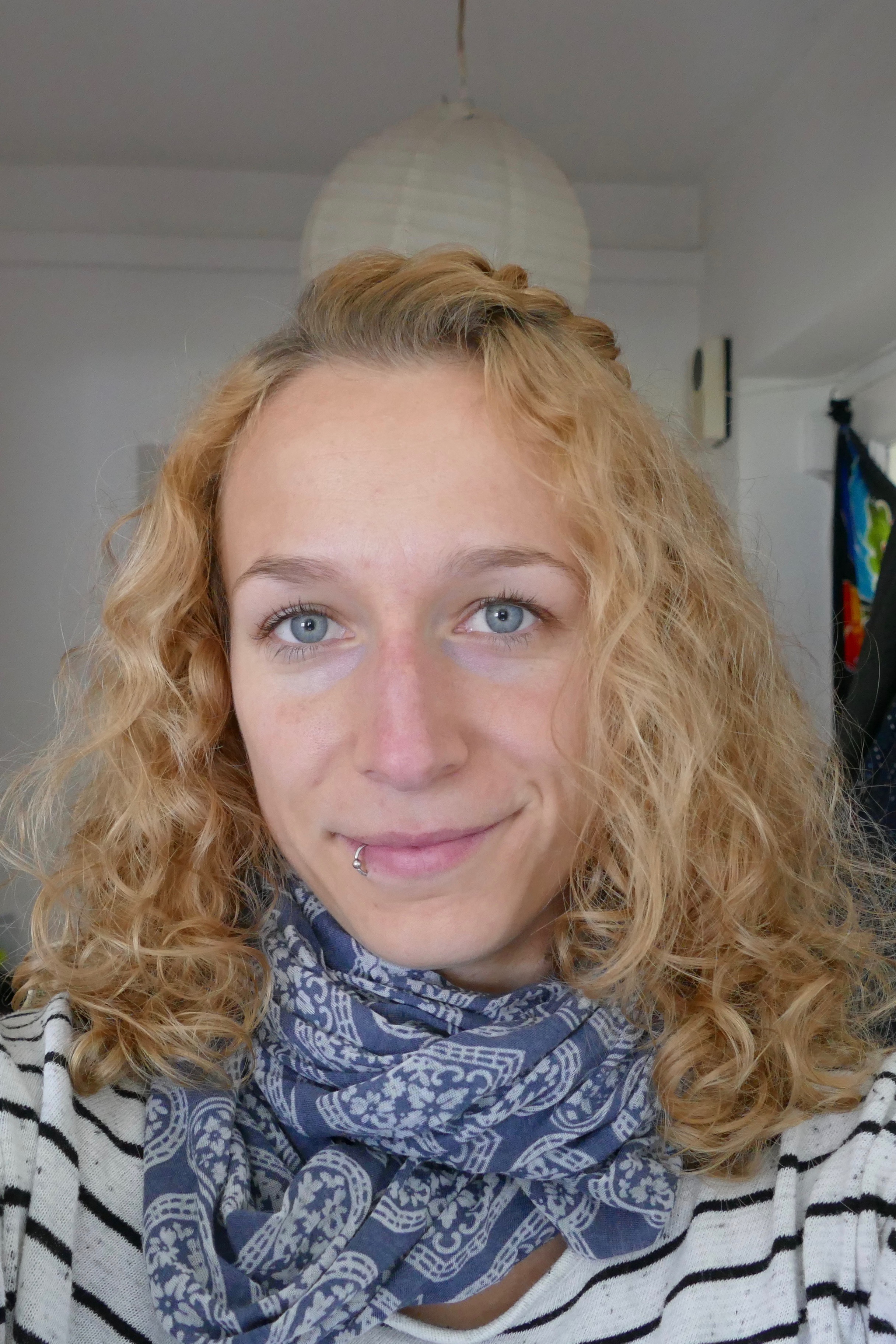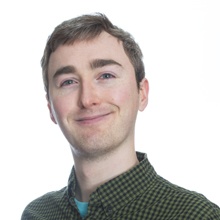PuntSeq: Chasing the invisible diversity of algal and microbial life forms in freshwater with a portable DNA-sequencer
Here we present PuntSeq, a toolbox and workflow to facilitate realtime monitoring of algal, bacterial and viral diversity in aquatic field work situations.
The Idea
Our team combines knowledge and know-how from very different study backgrounds with the curiosity to learn about and share experiences on cutting-edge portable DNA sequencing technology. We will design and openly distribute a template for production of a suitable mini-lab for the Oxford nanopore MinION sequencing device and its complementary equipment, in addition to writing and adapting software for processing large volumes of DNA sequencing data. Combined, this will serve in the study and categorisation of aquatic algal and microbial life communities at different sites of our city's river, the Cam. The core of this project is to make the complex field of DNA sequencing accessible to non-life scientists, by enabling a simple hands-on experience. We will hold regular PuntSeq workshops for interested individuals and organisations to teach them about state of the art DNA sequencing, its vast applications and benefits in a broader picture.
The Team
Mr Maximilian Stammnitz,
Graduate student, Department of Veterinary Medicine, University of Cambridge
Ms Meltem Gürel,
Graduate student, Cancer Research UK Cambridge Institute, University of Cambridge
Dr Philipp Braeuninger-Weimer,
Postdoctoral researcher, Centre of Advanced Photonics and Electronics, University of Cambridge
Mr Daniel Elías Martin-Herranz,
Graduate student, European Bioinformatics Institute, Wellcome Trust Genome Campus, University of Cambridge
Mr Daniel Kunz,
Graduate student, Wellcome Trust Sanger Institute, University of Cambridge
Mr Christian Schwall,
Graduate student, Sainsbury Laboratory, University of Cambridge
Ms Lara Urban,
Graduate student, European Bioinformatics Institute, University of Cambridge
Ms Surangi Perera,
Graduate student, Department of Physiology, Development and Neuroscience, University of Cambridge
Ms Eirini Vamva,
Graduate student, Department of Medicine, University of Cambridge
Ms Astrid Wendler,
Graduate student, Department of Clinical Neuroscience, University of Cambridge
Mr Jack Monahan,
Graduate student, European Bioinformatics Institute, University of Cambridge
Project Outputs
Project Report
SUMMARY OF THE PROJECT'S ACHIEVEMENTS AND FUTURE PLANS
Project Proposal
Original proposal and application
Project Resources
Follow this team via their twitter account. Read more about the team and project in this blog post.
Six months into PuntSeq: our done's and to do's
Summary
With the launch of Oxford Nanopore's (ONT) inexpensive and small MinION device in 2015, portable real-time DNA sequencing has, at least theoretically, become available for everyone. Our project 'PuntSeq' explores how MinION-guided analysis can be practically and cheaply applied to the study of algal and microbial contamination levels in rivers, lakes and other freshwater habitats. We are an interdisciplinary team of nine graduate students and two post-docs from different Cambridge University life science departments, and have set out to establish routines and protocols for environmental metagenome screens over the past six months.
Reached milestones:
Setup of an initial DNA extraction pipeline from ~ 1 liter of water sampled in a sterile bottle at chilled temperatures, at minimum cost.
Successful proof-of-principle MinION sequencing runs for both pre-isolated (i) Lambda phage DNA and (ii) DNA from a Hickling Broad (Norfolk) metagenomics isolate.
Outreach events undertaken (i-iii) or currently in advanced planning (iv-vi): (i) poster at SYMBLS 2017 (attached), (ii) Norfolk Broads Stakeholder meeting (~30 attendees, photos attached), (iii) ONT Headquarter visit, (iv) posters at BBMS 2018 and Quantitative Genomics 2018, (v) Biomakespace workshop(s), (vi) project film with Fiona Gilsenan from Wolfson College.
PuntSeq twitter account has reached nearly 50 followers and >100 tweets.
Collaboration has been established with Rob Field's Prymnesium parvum laboratory at the John Innes Center Norwich (Ben Wagstaff, Jenny Pratscher).
Report and outcomes
Accomplishments
After a number team meetings in and outside the lab, ordering of many types of materials and organisational steps to get the work started, we have launched the project by first optimising our DNA extraction protocol over several steps. Two different extraction kits (MPBio, Qiagen) were tested during multiple Cam water sampling experiments, and we have noticed that no substantial DNA output difference existed between 500 ml and 5 l water filtrations - these were consistently very low (< 200 ng). After talking to experienced scientists at the John Innes Center and Earlham Institute Norwich, we realised that this may have likely been due to our team's 'softening' of a mandatory bead beating step of the water filter membranes through solely relying on a Vortex machine instead, in order to avoid unnecessary DNA shearing during initial microbial cell lysis. 16S rDNA PCR-amplification will be tested in forthcoming weeks to bypass this methodolocial bottleneck for MinION rapid library preprations, and our contacts at ONT have been very enthusiastic about this perspective.
A lambda phage DNA sequencing trial with our first MinION flow cell has been very successfully (data summarised on poster and available upon request). Since we were initially struggling with the low eDNA yields and had been lacking a clear algal focus, our team was brought in contact with Rob Field's lab at the John Innes Center (JIC) Norwich. We have met with postdocs Ben Wagstaff and Jennifer Pratscher before and during a Norfolk Broads Stakeholder meeting at the JIC, giving a talk and Q&A session on the applicability of our MinION sequencing method for quick detections of the algal contaminant Prymnesium parvum that causes detriment in local environments and fishery. Our team has since then undertaken a preliminary sequencing test of water sampled at the Norfolk Hickling Broad before an algal bloom in 2016, and we have successfully identified Mycrocystis, a genus of freshwater cyanobacteria, in the specimen. Final results are still pending, and we will surely provide these in the near future.
We have been actively working on the spread of both our own and others' MinION-works through social media, most notably Twitter via our @puntseq account. A well-attended poster (attached) presentation was given at the SYMBLS 2017 conference in St. John's College, Cambridge last November, and we have since then submitted abstracts to a number of additional conferences taking place in early 2018. Philipp Bräuninger-Weimer and Max Stammnitz have visited the ONT Headquarter in February, and discussed options on future collaborations and equipmental support. Together with Alina Ham from ONT, we have discussed and refined the new 16S barcoding strategy for bacterial metagenomic sampling of the Cam river. Last, Max has successfully invited Nick Loman to give a talk at the BBMS 2018 conference on the 14th of March. Prof. Loman is an expert on MinION usage in epidemiology and has led pioneering studies in the field of real-time disease tracking through DNA sequencing, e.g. the monitoring of recent Ebola and Zika outbreaks. Our team will present its results and future aims at the BBMS 2018 conference, and we surely hope for Nick Loman's valuable feedback on the PuntSeq endeavour.
Challenges
From peer-to-peer feedback, we know that there is a high interest in our method and the biological analysis opportunities that it offers. Environmental groups and collaborators from Norwich have been keenly discussing options with us, and there are currently international efforts being undertaken by experienced scientists to professionalise the MinION approach for studies of algal and other microbial communities in nature. However, we have found that there are still substantial technical difficulties of making water sequencing available for a much broader community, which represents our ultimate team goal. Some of these limitations are listed as follows.
1. DNA isolation from water samples requires absolutely sterile (glass) bottles, which are hard to find unless one has personal access to a supplier. What's even more challenging: autoclaving machines are routine equipment in many laboratories, but they are not trivial to obtain for 'citizen' scientists.
2. Filtering microbes through a millipore membrane requires strong vacuum pressure, and our fairly cheap (mobile) pump has unfortunately broken down during one of the usages. We henceforth have been relying on a larger, fixed laboratory pump that would also not be available to customers doing field research.
3. DNA yields with the two independently tested commerical kits from Qiagen and MPBio have been very low despite up to 5 liter of input water, which we attribute to leaving out a crucial 'bead beating' step of our bacteria-containing filter membranes at the beginning (we feared that this would disrupt long DNA reads that proved to be particularly useful for MinION analysis). This forces us to introduce a secondary bacterial DNA enrichment step via 16S rDNA PCR amplification, and ONT have kindly provided us with a free sample of their standardised kit. Up to 12 (96 (!) in the full version) samples can be multiplexed in a single sequencing run. Nevertheless, 16S rDNA amplification and barcoding will introduce a time-consuming additional step that requires a well-functioning thermocycler on spot. With this, the fieldwork potential of our PuntSeq approach could only be fully upheld by using a lab-in-a-suitcase, such as the one offered by the London-based startup Bento (https://www.bento.bio/).
Follow on Plans
We are currently in the planning phase of holding at least one MinION DNA-sequencing workshop that will involve members and keen experimenters from the Biomakespace at the old LMB (Addenbrooke's campus, Cambridge). Our hands-on tutorial will allow up to 20 attendees per session to join in their water samples or the corresponding DNA isolates, and we will collectively sequence these in a barcoded 16S-amplified run on a MinION flowcell provided by our team. In a follow-up meeting two weeks later, attendees will then discuss the sequencing results obtained, and do both technical and biological assessments of their pooled samples. We consider publishing a small report on bioRxiv or in a peer-reviewed open access journal, summarising the findings of our community experiment. Prior to running this test, however, our PuntSeq team needs to test this 16S PCR-barcoding kit and its downstream analysis pipeline from ONT. Subsequent to the actual sequencing endeavours, we intend to also share our results on conferences via posters and talks, and also through a small video. Fiona Gilsenan, Wolfson College's communication officer, has kindly reached out to us in this regard.
A timeline of events
14th March 2018: BBMS 2018, conference poster
by 31st March 2018: large-scale 16S experiment on river Cam
by 30th April 2018: 2-3 minute outreach video going on Youtube
by 31st May 2018: first MinION workshop and follow-up meeting at the Biomakespace
14th June 2018: Quantitative Genomics 2018, conference poster and/or talk
by 31st July 2018: second MinION workshop and follow-up meeting at the Biomakespace
by 31st August 2018: submission of Cam river metagenome report(s) to bioRxiv and OA journal
by 31st August 2018: submission of small follow-on report to Open Plant

